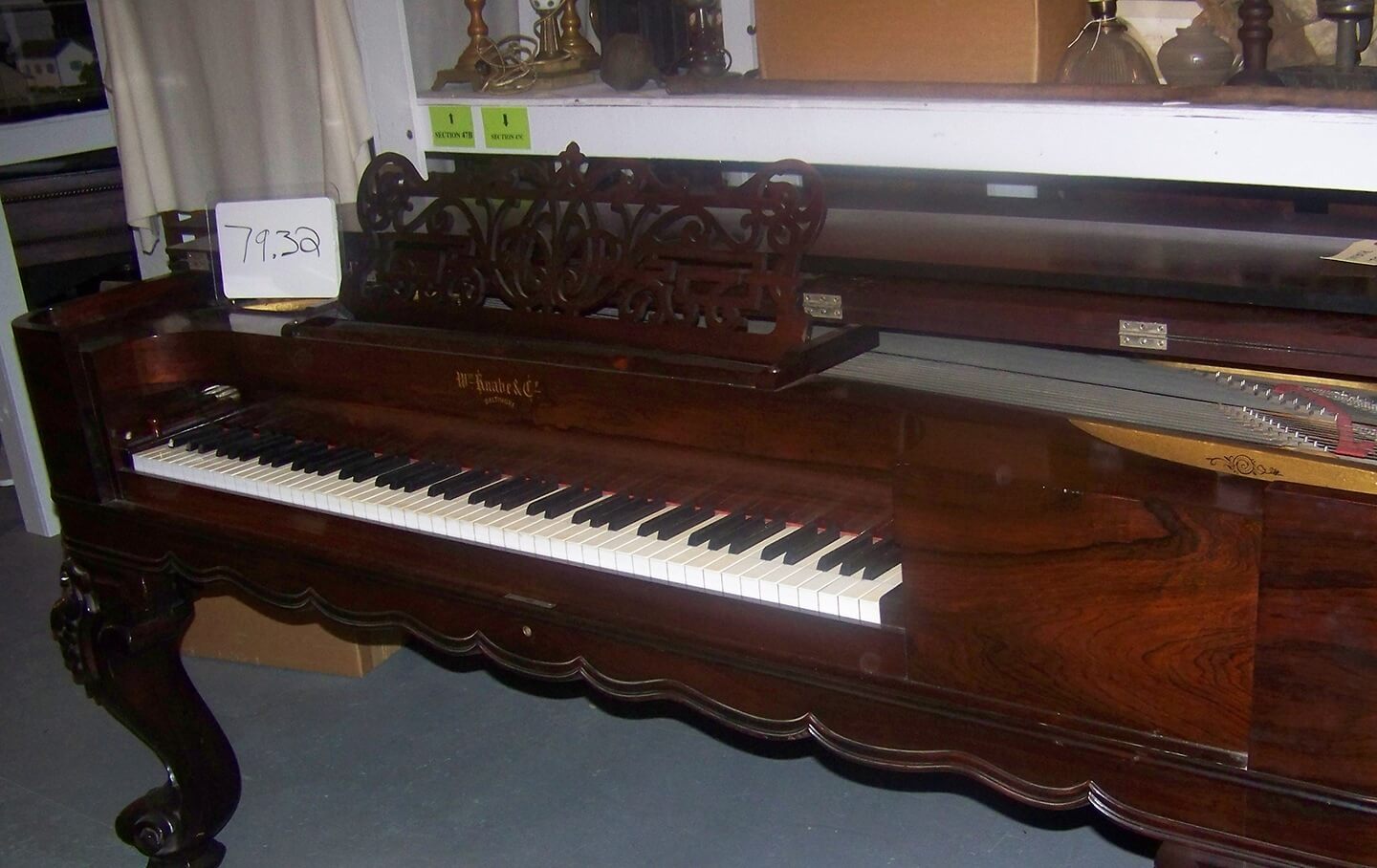The Power of Provenance

All History Center sites, including the History Center Museum and Library and Archives and the Agricultural & Industrial Museum, will close at 1 p.m. on Thursday, Dec. 18, for a staff event. The Center also will be closed Dec. 24-25 for Christmas and Dec. 31 and Jan. 1 for New Year’s.
Plan your visit

What do museums look for when assessing whether or not an offered object is a good fit for the organization’s collection? All museums may have slightly different criteria, but we all look for the object’s provenance (proving authenticity), its condition and whether it supports the organization’s mission.
In our previous post, we discussed the authenticity of objects; we now will delve more deeply into our need for provenance. Provenance? We get some blank stares (or long telephone pauses), when we ask a potential donor for their object’s provenance. Sometimes it’s because people are just unfamiliar with the term; or perhaps they have no information on the object.
So, what is provenance and why is it important to us? Provenance, according to dictionary.com is the “place or source of origin.” In relation to how museums and collectors use provenance, I like the following definition from the Oxford Dictionary. Provenance is “a record of ownership of a work of art or an antique, used as a guide to authenticity and quality.” The Collections Department at the History Center sees provenance as all known history relating to an object’s chain-of-custody. Who owned the object? How did they get it? How long did they have it? Answers to questions like these give us insight into not only the object, but the owners too.
Do you remember Washington’s Hairs from our last post? Object # 682 – “Lock of George Washington’s hair; given to Rev. F. W. Vandersloot by Miss Ricketts, niece of Gen. James B. Ricketts of the Civil War.”
So, let’s assume (never a good thing to do when referring to an object’s provenance and authenticity) that General Ricketts came into possession of “Washington’s Hairs” at the end of the Civil War in 1865. President Washington died in 1799. Therefore, we are missing 66 years of history relating to this object. Were the hairs given to General Ricketts or did he find and purchase them? If he purchased them, how did he know they were really Washington’s? Based on the logbook entry, we are also assuming that General Ricketts had them in his possession. All we do know is that the niece of General Ricketts gave hairs attributed to Washington to Reverend Vandersloot. Without knowing the true origin of the hairs, all we can truthfully do is list them as “possibly Washington’s hairs.” We treat these hairs as though they truly are Washington’s, and we care for them and all of the pieces in our collection to the best of our ability.
When objects are offered for donation to the History Center, one of the most important pieces of information we review is the object’s provenance. Does the object have a verifiable connection to York County through its maker, owner or involvement in a York County historical event? Having a detailed provenance would give us the object’s story and help us determine if the object is related to our organization’s mission. Unfortunately, we cannot accept and care for every single object offered to us for the collection. The provenance of objects is more important now than it was in the past because due to space and funding limitations, we have to make tough choices. Just because an object was made or used in York County does not necessarily guarantee it a spot in the collection. Here’s a fictional example,
Piano #1 is offered for donation to the collection by John Doe of York. The piano is in excellent condition and was made in York by Weaver Organ and Piano Company. John Doe bought the piano at an estate auction in Philadelphia. The only provenance he knows is that the late singer, Susie Q, who was born in Wilkes Barre and died in Philadelphia, owned it from 1962-2016.
Piano #2 is offered for donation to the collection by Marcy Smith of Hanover. The piano is in good condition and was made in York by Weaver Organ and Piano Company. Marcy’s great-great grandfather purchased the piano in 1875 for his wife to play. The piano has been owned and played by Marcy’s family for five generations. Notably, Marcy’s aunt, Eileen Smith, was a successful actress on Broadway from 1970-1985 and she learned to play on this piano as a child.
As you can see from this example, clearly, Piano #2 has the best York County provenance. Even though Piano #1 is in better condition, its ties to York County aren’t as strong as Piano #2. What we want to convey to potential donors is that the stories surrounding their objects are extremely important to future generations.
At the York County History Center, we are the storytellers of our history. Provenance is the documented history of an object. Think about all of the stories surrounding the objects that you grew up with. Did your grandparents and other relatives tell you about them? What was the special object? How was it used? How did they get it? That’s the kind of information you want to tell us when you offer an object to the collection. How will the object help us tell your family’s story to future generations?
– Meegan Carr, Director of Collections